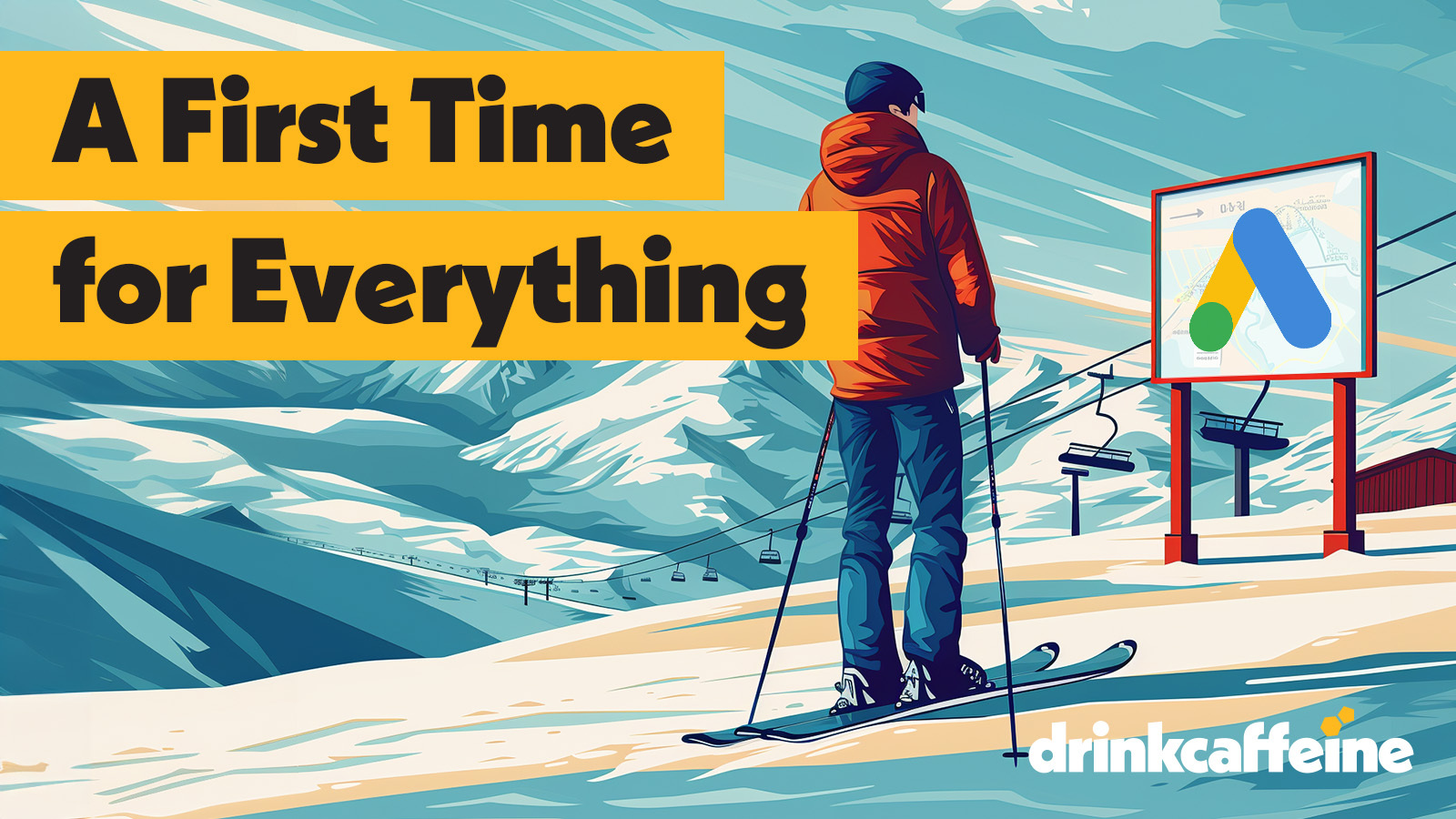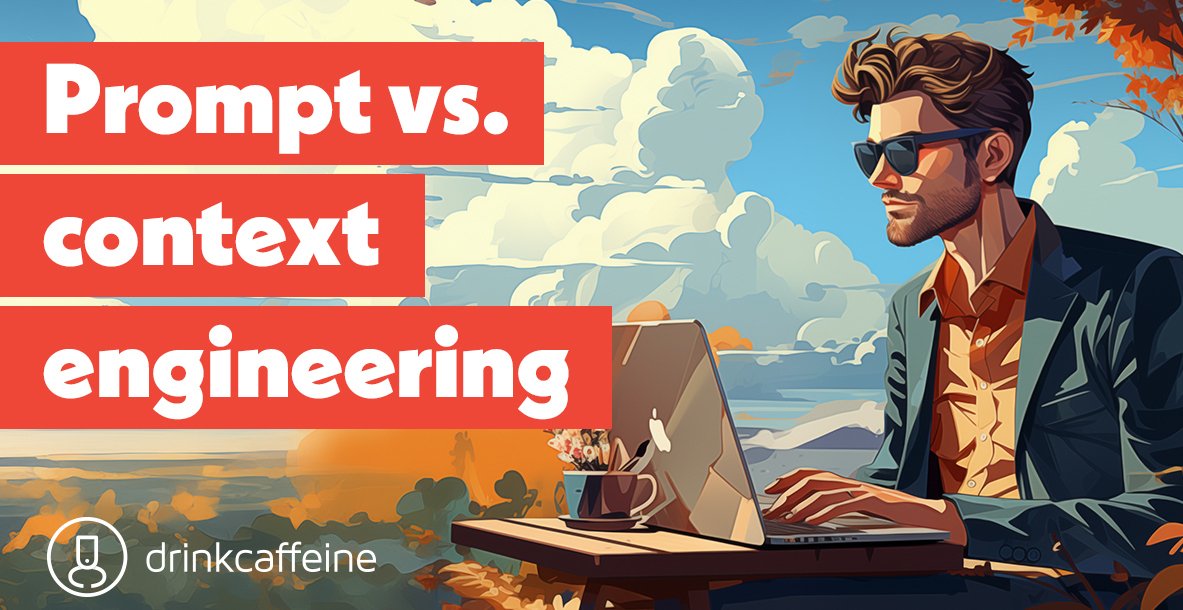Google’s Performance Max (or PMAX to its friends) may be accused of having a name that promises a lot, but it’s earning a reputation for delivering on what it promises – and this is good news for ski resorts.
How PMAX works
Unlike traditional Google campaigns, PMAX leverages Google’s AI to deliver ads across Search, YouTube, display networks, Discover, Gmail, and Maps.
Reach is maximized. The most effective ads are maximized, which means impact is maximized. Budgets are maximized. And overall cost-per-acquisition is minimized.
Case in point: A Massachusetts Mountain
Last winter season (22-23), we enacted a campaign to attract 1st-time skiers and riders to one of the most popular family destinations in southern New England. This season (23-24) we conducted another campaign – with PMAX. Targeting criteria included:
The markets: Eastern MA and CT
Timeframe: January-February
The demographics: Families with young children, 7-12
Search themes: “Beginner ski packages. Beginner ski lessons. First-time skiing.”
An avalanche of 1st time skier interest
2023 WITHOUT Performance Max | 2024 WITH Performance Max | |
Clicks | 14,591 | 33,924 132% Increase |
Click through rate | 3.46% | 28.15% 713% Increaase |
Transactions | 167 | 2,923 1,650% Increaase |
Revenue | $22,150 | $482,133 2,076% Increaase |
Cost / Transaction | $18.64 | $2.63 85% Decrease |
PMAX has some downsides. The biggest one may be the lack of control; AI runs the show, and many advertisers aren’t accustomed to hands-off advertising on Google. Pmax also requires precise messaging for niche audiences, strong targeting, sufficient budget, and people who understand optimization.
But for ski resorts, there’s evidence that PMAX may be the key to converting 1st-timers into steady skiers and riders.
If you’re ready to talk about how to use data and creativity to solve marketing problems, contact us for a 15 minute chat.
Reminder:
Join us for our next webinar



